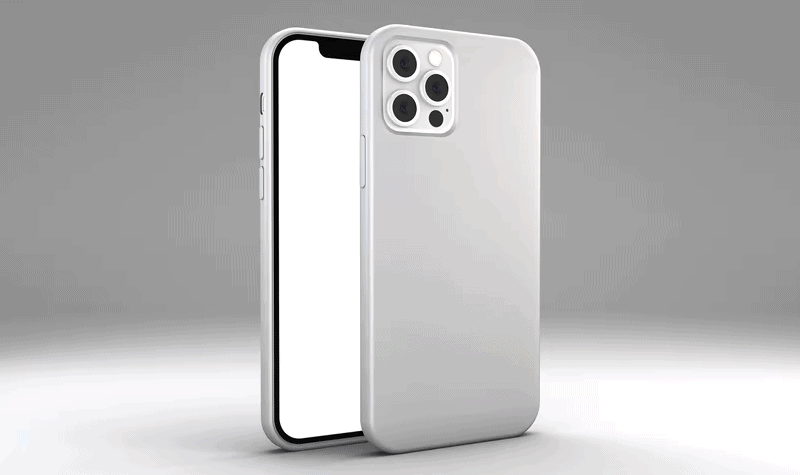With stronger magnets becoming a more common fixture in the latest smartphones and consumer electronics, medical researchers have been exploring their potential effects on cardiac implants.
The verdict? It’s safest to keep them at a reasonable distance. If these devices are carried in a chest pocket near or over the heart, they could accidentally switch off implants such as pacemakers and cardioverter defibrillators that are designed to keep a person’s pulse on track.
Many conventional heart implants are specifically designed to react to signals from outside magnets—for example, once the device is placed under the skin, a physician can temporarily use a strong magnet to switch off a defibrillator’s ability to deliver an electric shock, making it safer to perform surgery.
However, many implants may not be able to tell the difference between those magnets and the ones used to charge smartphones or their smaller accessories.
In a study published this week in the American Heart Association journal Circulation: Arrhythmia and Electrophysiology, researchers found that even the magnets used in the Apple AirPods Pro charging case, the second-generation Apple Pencil and the Microsoft Surface Pen could all be strong enough to cause interference.
Previous experiments by the FDA examined smartphones such as the iPhone 12, with its MagSafe line of chargers, mounts and accessories. The agency said it believes the overall risk is low but that the use of these magnets is expected to rise over time.
The FDA, Apple, Microsoft and the American Heart Association all recommend that these types of devices be kept at least six inches away from implants during use, while Apple also suggests a distance of more than 12 inches if an iPhone is wirelessly charging.
“The main thing to remember is that any electronic device may be a danger, especially ones with a magnet inside,” Corentin Féry, lead author of the American Heart Association study, said in a statement.
“These devices can cause a problem when carried in your shirt or jacket pocket in front of the chest as well as when you are lying on the couch and resting the electronic device on your chest or if you fall asleep with the electronic device,” added Féry, a research engineer at the University of Applied Sciences and Arts Northwestern Switzerland.
The researchers mapped out the magnetic fields of wireless charging cases and stylus pens, comparing their strength to the iPhone 12 Pro Max, and also found the minimum distances before they would begin deactivating unimplanted defibrillators—anything closer than 2 cm, or about three-quarters of an inch, for all Apple products and about 3 cm, or about one-and-a-quarter inches, for the Microsoft Surface Pen.
“The public needs to be aware of the potential risks of portable electronic devices in addition to the iPhone 12 Pro Max that may affect anyone with an [implantable cardioverter defibrillator],” said study co-author Sven Knecht, a research engineer at the University of Basel in Switzerland. “What is most concerning is that magnets are being used in more and more portable electronic devices, and with so many magnets around us, the risk to cardiac patients is even greater.”
The researchers also plan to evaluate e-cigarettes and other portable electronic devices and to also perform controlled tests with implanted patient volunteers who are already at the hospital for routine exams.
“With so many copycat products and accessories available, there may be a problem for the public to know which products pose increased risks,” Knecht said.

